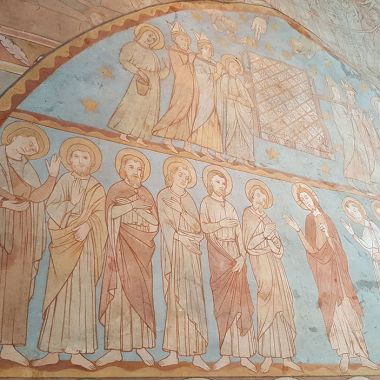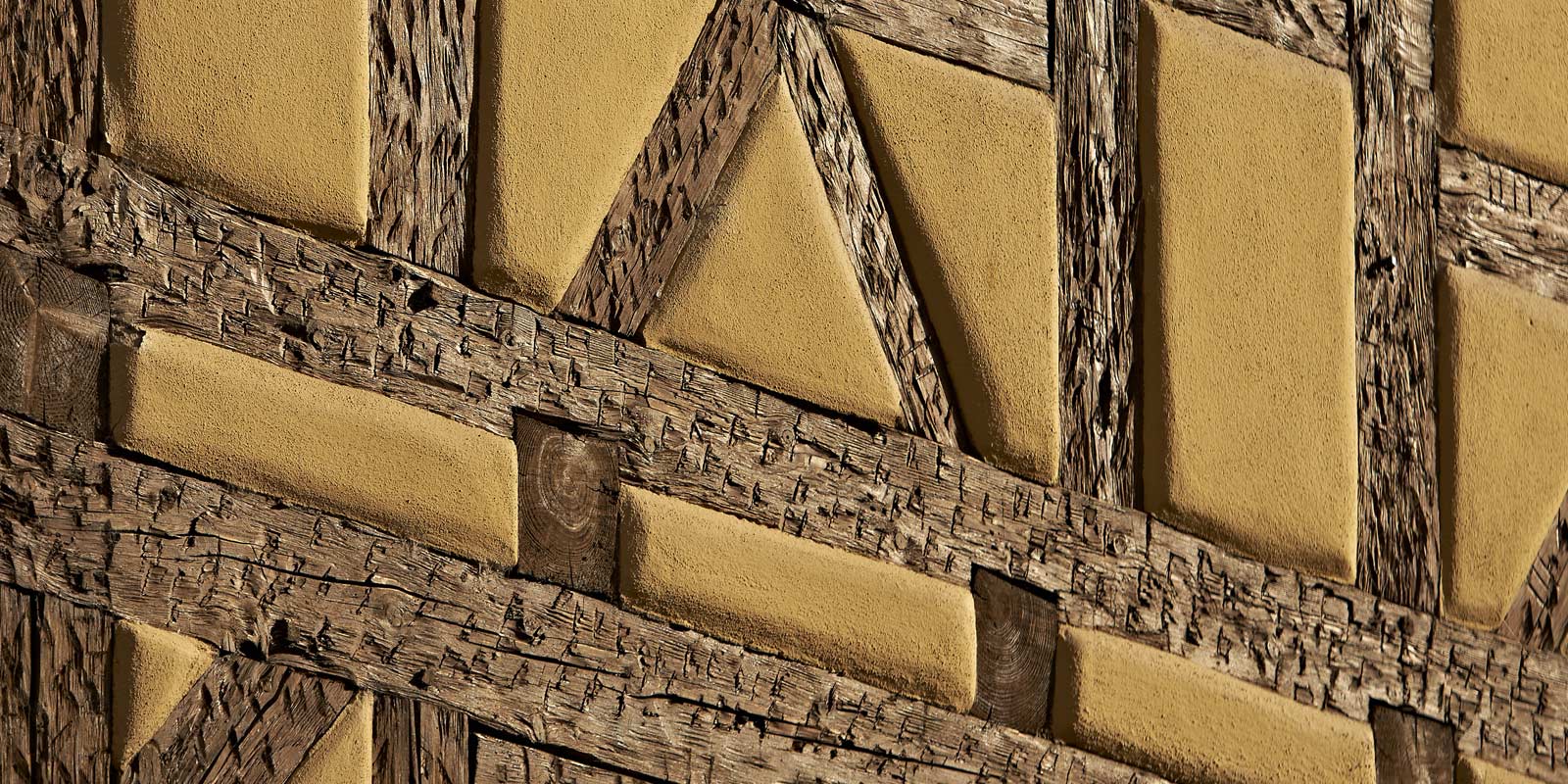Description

At the heart of the village, the church, dedicated to the Assumption of the Virgin Mary, is the only one in the canton with important elements of Gothic architecture. Originally a simple wooden chapel, it was replaced in the 11th century by a stone building. A century later, it was transformed into a small Romanesque-style church. In the 14th century, it was restored and a Gothic choir with 7 openings was added. Two of these openings feature remarkable glasswork dating back to approximately 1340. Each of these windows is made up of 5 medallions showing scenes of Christ’s life. A new restoration campaign was initiated at the end of the 19th century. Inside the church, visitors will notice the murals in particular, which were characteristic of sacred art in the Middle Ages. The high altar is one of the church’s jewels. It is made up of 4 elements from different periods: an altar table circa 1220, a tabernacle and a statue of the Virgin with her Child from the 15th century, and an altarpiece from the 17th century. Furthermore, this building is unique due to its wooden furnishings from the 17th century, and in particular the side altars dedicated to St Sebastian and Saint Catherine. The bell tower and Gothic choir are classified as historical monuments.









